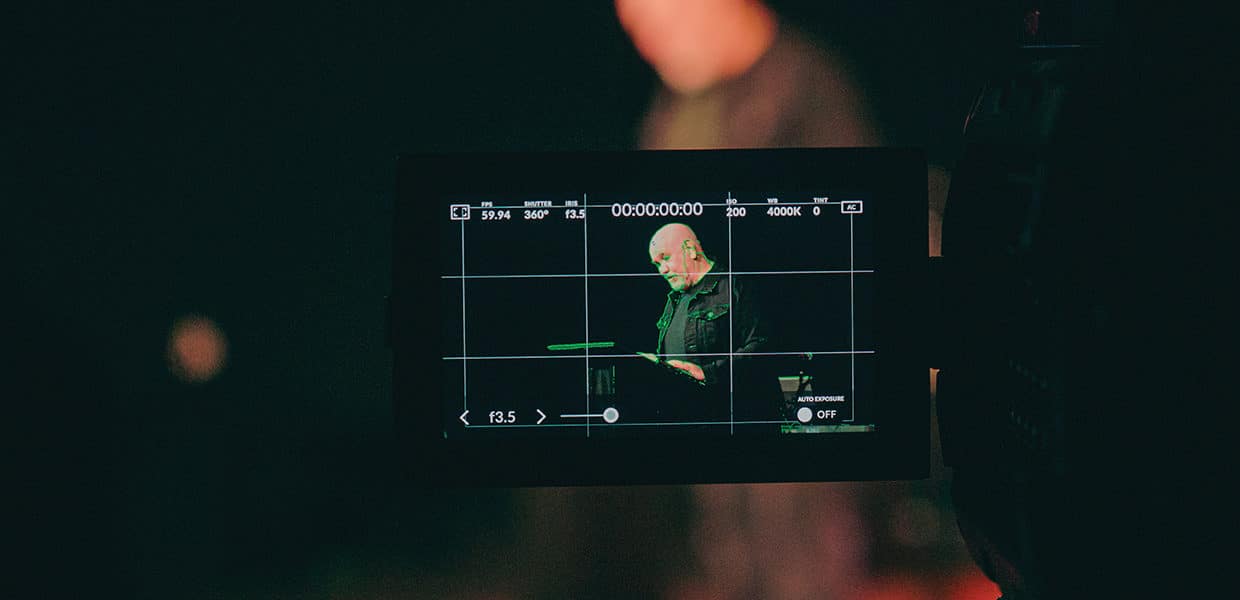By Shawn Yingling
Many religious organizations are turning to alternative means for their congregations to “communally” practice their faith. From drive-in movie theaters to podcasts, faith leaders are finding creative solutions.
Live-streaming services is one of the easiest ways to keep the faith going. With today’s technology and video streaming sites, it doesn’t require a huge budget, or even a team of people to set up.
However, there are important factors worship centers need to consider before hitting the record button. We’re here to answer some questions about broadcasting religious services while protecting your house of worship.
- Is live-streaming the right choice for us?
While the dive-in to live-streaming can be a great solution, it isn’t the answer for every worship center. Depending on the demographics of your congregation, live-streaming may be more of a hindrance than a blessing. For instance, if your members are older and less tech-savvy, a more traditional method of communication might be better.
You’ll want to consider your resources as well. What devices do you have available? A cellular phone or laptop might work for simple videos, but for more elaborate services, additional equipment may be needed. Can your internet connection handle the bandwidth to upload and stream live video? Or will you need to pre-record services before uploading them?
Additionally, some platforms that offer live-streaming have certain restrictions and rules organizations need to follow. YouTube requires that live streams from mobile devices be hosted by accounts with over 1,000 subscribers.
- Are there copyright issues for live-streaming religious services?
Like other faith leaders, maybe you like to keep your service contemporary and incorporate secular music or movie clips to keep members engaged with the message. While this is typically legal in regular worship services, when the service is broadcast online or on television, this can quickly become copyright infringement.
The consequences for copyright infringement can be devastating for churches and other religious organizations. Fines, legal fees and damages can easily bankrupt an organization. The costs multiply if your live-stream remains viewable after broadcast. If the initial video violated copyright, your organization could be sued on multiple counts based on the number of times it was viewed.
It’s best to secure the proper licenses before incorporating any copyrighted material into your live-stream. If you are unsure of your needs, several companies work with religious organizations to help obtain the necessary rights.
Even if you have the correct licensure for a copyrighted work, you can still face issues. Most streaming sites use technology that helps detect copyrighted material. When material is detected, these sites often err on the side of caution and assume that the broadcaster does not own the rights. As a consequence, the sites will either cut the feed or block the account from posting again.
- Does our worship service need to be closed-captioned?
Closed-captioning can be another tricky legal area for churches, synagogues and mosques who wish to broadcast services. There are exemptions to the FCC guidelines for religious organizations, but they are often hard to meet. To help avoid legal pitfalls follow the FCC’s guidelines:
- If a live video was broadcast on television, then the online version must be closed-captioned within 12 hours.
- If a near-live (filmed within 24 hours) video was broadcast on television, then the online version must be closed-captioned within 8 hours.
Even if your services are only online, it’s best to include closed-captioning. It helps keep your organization ADA-compliant and makes your videos available to a wider audience. YouTube, Facebook and other platforms have tools that let you add closed-captioning to your videos, making it easy to be inclusive.
- How do we protect members’ rights to privacy while live-streaming?
You’ll want to make it overtly clear to members who attend services that there is a chance they could be seen on camera. You might even want to designate an area for those who don’t want to be seen on screen as off-limits to filming, or ask members to sign a waiver.
If your service includes prayer requests or similar features that mention members’ names, it could be a privacy issue. Someone might be okay with the congregation knowing about their financial hardships or health issues, but once it lives online, it’s hard to control who sees it. Try to keep the privacy of those “off camera” in mind when developing your service for online.
- What protections are available for faith organizations who broadcast?
Broadcast liability insurance coverage can help protect organizations who air worship services online, over the radio or on television. Depending on your carrier and your policy, broadcast liability may help in the event of copyright infringement, defamation claims, privacy infringement and other allegations of wrongdoing. In addition to consulting with an attorney, broadcast liability can be a powerful resource for churches and other worship centers when taking the leap to live-streaming.
Faith can endure even during the most challenging times. It may take some creativity, but your organization can still find ways to worship together, even when you can’t be with each other in person.
Shawn Yingling is president of Glatfelter Religious Practice (GRP). GRP specializes in insurance and risk management programs for churches and other religious institutions and is a division of Glatfelter Insurance Group (an AIG company), one of the largest program managers in the U.S., www.glatfelterreligiouspractice.com.















